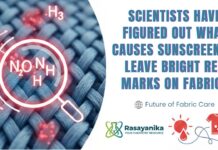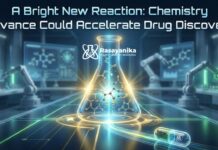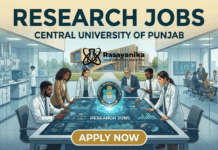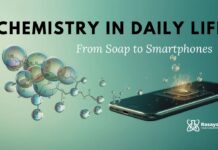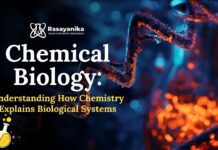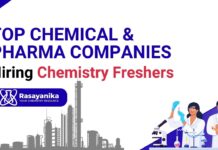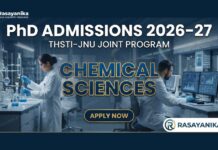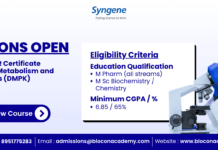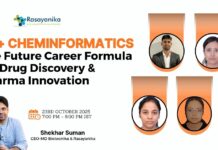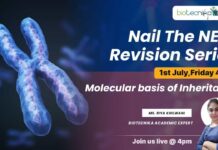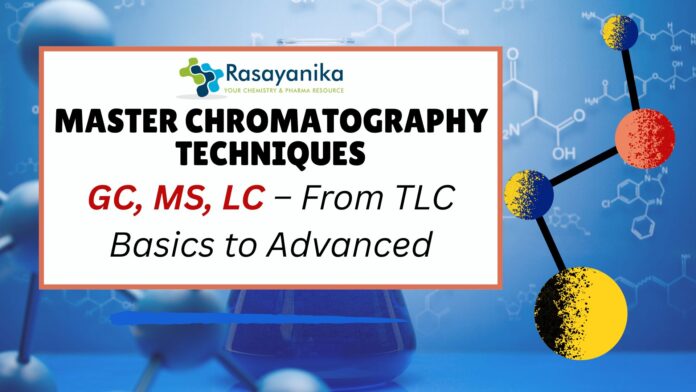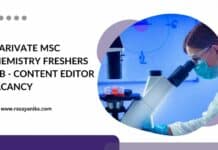Master Chromatography Techniques: GC, MS, LC – From TLC Basics to Advanced
Every breath of air, every pill you swallow, and every drop of water carries some secrets too small for us to notice. The secrets are hidden within the molecules that explain the stories of characteristics, danger, safety, as well as purity. Do you know what the primary key could be? To unlock these molecular secrets, scientists rely on Chromatography Techniques: GC, MS, LC, which have become the foundation of analytical science and modern R&D It transforms invisible compounds into knowledge that shapes Medicine, food, and Technology.
Chromatography has become the backbone of modern Science and R&D (Research & Development). From identifying biomarkers in Medicine to detecting toxins in food substances, it is a powerful tool that drives countless innovations. It begins with TLC (Thin Layer Chromatography) and progresses to advanced techniques such as LC (Liquid Chromatography), MS (Mass Spectrometry), and GC (Gas Chromatography). These Analytical techniques have revolutionized industries, Diagnostics, as well as Research globally. To master them is not only to learn laboratory methods, but to unlock the very language of molecules.
In this article, we have curated and provided a glimpse into the beginnings of TLC and the advancements in chromatography techniques. Furthermore, explore their basic principles, applications in various industries, as well as the future prospects.
Chromatography’s Technical Journey
As you know, every journey starts with the fundamental first step. So, TLC is typically the first milestone in Chromatography’s journey. This essential yet straightforward technique separates compounds of a Chemical sample on a TLC plate coated with adsorbent material (such as Silica gel), revealing both composition as well as purity. This technique aids in understanding how molecules in a sample separate, interact, as well as travel, concepts that underpin even more complex techniques such as LC, MS, and GC.
TLC marks the beginning of a journey that ultimately leads to mastering advanced Chromatography Techniques: GC, MS, LC, each offering higher precision and broader applications
Gas Chromatography
Among the advanced Chromatography Techniques: GC, MS, LC, Gas Chromatography stands out the most. Gas Chromatography, or simply GC, is an Analytical technique that separates volatile compounds based on their movement through the column. An inert gas acts as the carrier in the column, allowing the compounds to travel through it. It provides remarkable precision, speed, as well as sensitivity, making it a significant achievement in Analytical Research.
- Features and Purpose: GC primarily separates Chemical compounds that can vaporize without decomposition. GC is equipped with detectors like TCD (Thermal Conductivity Detector) or FID (Flame Ionization Detector). These detectors ensure accurate quantification during the process. GC’s precision is unmatched when analyzing mixtures with dozens of components in the sample.
- Applications of GC in Industries
-
- Environmental Monitoring (EM): Tracing pollutants such as volatile organic compounds in water and air.
- Food Safety: Detecting contaminants in beverages, vegetables, and fruits, as well as pesticide residues.
- Pharmaceuticals: Detecting impurities in drug formulations as well as ensuring the purity of drugs.
- Petrochemicals: Quality Control of lubricants, fuels, as well as natural gas.
Gas Chromatography is quite reliable and robust. It has become a critical technique for industries where precision means the difference between risk and safety.
Mass Spectrometry
Another pillar in Chromatography Techniques: GC, MS, LC is Mass Spectrometry. It is a robust identification and separation technique utilized widely in Analytical laboratories. This technique works by measuring the mass-to-charge ratio of the ions of the molecules. This technique provides a ‘Molecular fingerprint,’ which reveals the weight, structure, as well as sometimes the pathway of unknown compounds in the sample.
- Features and Purpose
MS detects compounds at trace (minute) levels, sometimes even at parts per billion (ppb), and delivers unmatched sensitivity. Its strength lies in structural elucidation, helping Scientists identify unknowns that other methods might miss.
- Applications of MS in Industries.
-
- Genomics & Proteomics: Identifying peptides, metabolites, as well as proteins with high precision.
- Pharmaceutical R&D: Characterization of novel drug molecules and confirming their structure as a whole.
- Clinical Diagnostics: Measuring biomarkers for Personalized Medicine and disease detection.
- Forensics: Detecting explosives, illicit drugs, as well as toxins.
MS transforms raw data into meaningful insights, bridging the gap between detection and molecular understanding.
Liquid Chromatography
Within Chromatography Techniques: GC, MS, LC, Liquid Chromatography plays a crucial role in analyzing complex biomolecules and pharmaceutical compounds. Liquid Chromatography, especially HPLC (High-Performance Liquid Chromatography), is a technique used for analyzing thermally unstable, non-volatile compounds and samples. LC uses liquid solvents, instead of gas, to push or move the analytes through a column packed with a stationary phase (generally packed with a stationary phase material).
- Features and Purpose
LC provides versatility in separating natural products, Pharmaceuticals, as well as Biomolecules. It can handle polar, fragile, and even large compounds that GC can’t handle. LC functions with different kinds of detectors, such as UV-Vis, or coupled LC–MS, and it provides powerful Analytical depth.
- Applications of LC in Industries
-
- Biotechnology: Purification of peptides, proteins, as well as nucleotides.
- Pharmaceuticals: Active ingredient Quantification, stability studies, as well as Quality testing.
- Clinical Research: Measuring therapeutic drug levels in patient samples.
- Food: Detecting preservatives, food contaminants, as well as artificial sweeteners.
LC is increasingly becoming the workhorse of modern R&D laboratories, due to its broad scope and flexibility.
Gas Chromatography-Mass Spectroscopy
When GC & MS are coupled, they create one of the most powerful analytical systems. GC work quite systematically, as it first separates complex mixtures in the compound, and then MS quantifies and identifies each compound with high precision.
- Features and Purpose
GC–MS offers dual separation, identification, and sensitivity. It ensures both Quantitative and Qualitative analysis in one single run, making it the gold standard for complex samples in the industry.
- Applications of GC-MS in Industries
-
- Environmental Science: Monitoring soil and groundwater contaminants.
- Food & Beverages: Detecting flavors, fragrances, and hidden adulterants.
- Forensic Science: Fingerprinting substances in criminal investigations.
- Pharmaceutical & Biotechnology: Ensuring compliance with Regulatory standards for purity and safety.
This hybrid system revolutionised Analytical Chemistry by providing researchers with both clarity and certainty.
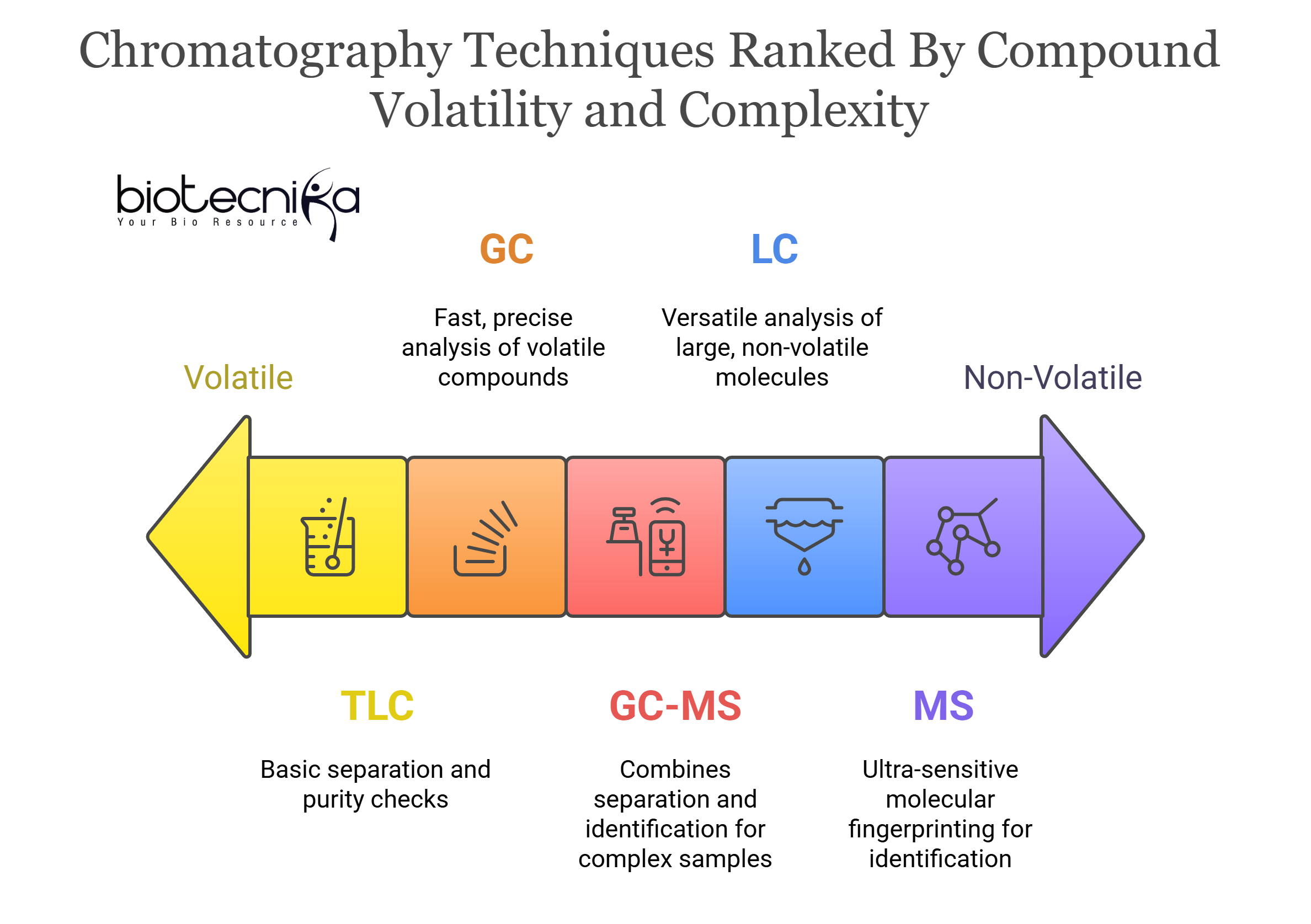
Why Chromatography Matters Today
Presently, quality, Sustainability, and safety dominate global concerns. Chromatography plays a decisive role. From enabling life-saving Drug Discoveries to safeguarding the food we eat, these methods drive progress across disciplines.
Moreover, industries are increasingly adopting hybrid or Hyphenated techniques, such as GC–MS/MS and LC–MS/MS, to meet the demand for accurate and ultra-sensitive testing. Automation, miniaturization, and AI-driven Data Analysis are pushing Chromatography into a new era of intelligence and speed.
For students, Researchers, and professionals, mastering these techniques is more than a skill; it is a pathway to contribute meaningfully to global challenges, whether in Healthcare, climate change, or industrial innovation.
GC/LC-MS Industrial Training by Biotecnika Registrations Open
Hands-On Training
Projects
100% PLACEMENT ASSISTANCE
⏰Program Starts: 22nd Sept 2025
Future Perspectives
Science is advancing towards futuristic developments, and Chromatography is going beyond the laboratory; it is becoming more innovative, more sustainable, and faster. Emerging futuristic trends are reshaping the way industries and Researchers utilize these techniques and Technology:
- Hyphenated Technologies: The integration of Chromatography with advanced Detection systems like GC–MS/MS and LC–MS/MS, as well as even coupling with NMR (Nuclear Magnetic Resonance), is enhancing specificity and sensitivity.
- Green Chromatography: With emerging global Sustainability goals, industrial laboratories are adopting micro-scale columns, energy-efficient systems, and eco-friendly solvents to reduce environmental and waste impacts.
- Space Research: Even beyond Earth, Chromatography instruments are being miniaturized for Space missions, helping Scientists analyze extraterrestrial samples and search for signs of life.
- Personalized Medicine & Clinical: Chromatography-driven tools are now vital for precision Healthcare, from biomarker detection to therapeutic drug monitoring, ensuring treatments are safer and more effective.
- AI & Automation: With the aid of robotics and artificial intelligence, we can streamline workflows. With the advent of advanced computing systems, analyzing complex datasets and predicting molecular behavior has become much easier than the older techniques.
The future clearly shows that Chromatography will remain central to innovation, expanding its role in solving pressing challenges such as Environmental Sustainability, food security, as well as global health.
From the humble beginnings of TLC plates to the sophisticated platforms of GC, LC, and MS, Chromatography has continuously evolved to meet humanity’s needs. It is more than an Analytical method; it is a lens through which we understand the invisible world of molecules.
As industries adopt greener practices, as Research demands faster and more reliable results, and as Healthcare becomes more personalized, mastering Chromatography will be the key to staying relevant and impactful.
For Researchers, professionals, as well as students, learning these techniques is not only a career advantage but also a way to contribute to global progress. The molecules we separate and the insights we gain today will shape the Medicines we develop, the environment we protect, and the technologies we create tomorrow.
The journey of Chromatography Techniques is far from over. In fact, it is just entering its most exciting chapter, one where curiosity meets innovation, and Science meets the future.




